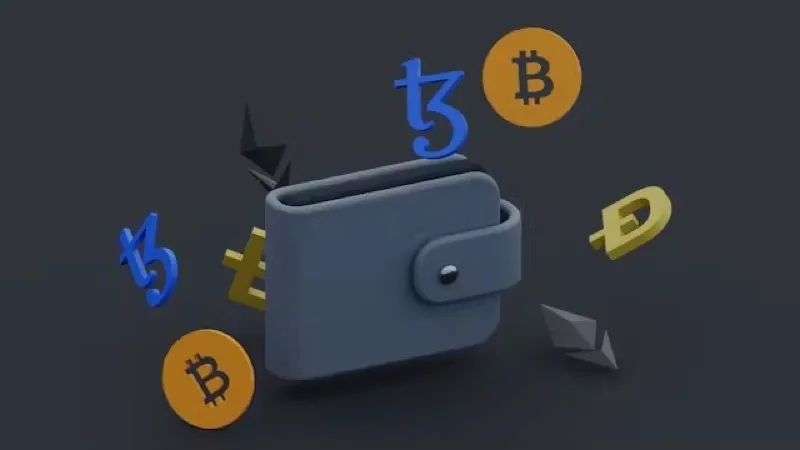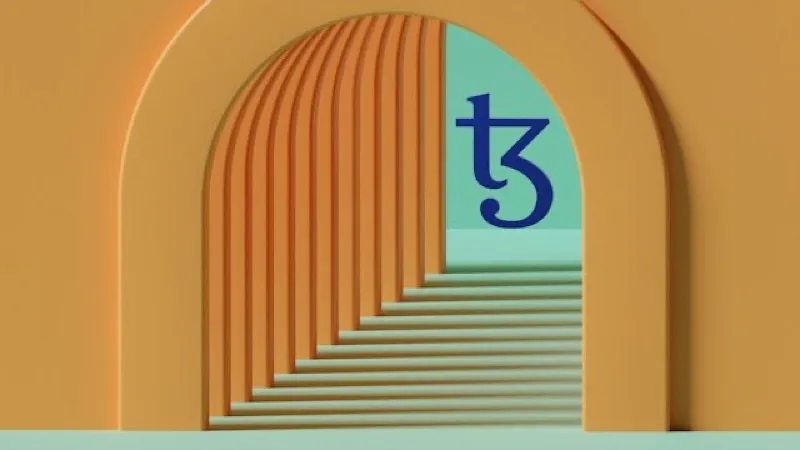
For several years, there were only a few token standards available, since cryptocurrency was still in its infancy. Now, however, a decade later, there are several token standards available, some of which you should avoid.
Read on to learn all about token standards, and check out a list of the most important ones you should be aware of and those you should avoid.

What Are Token Standards?
Token standards are basically rule books that certain tokens must abide by in order to operate on a specific blockchain or set of blockchains. While token standards vary widely, it is possible to find token standards that allow you to accomplish almost any type of application you desire.
While it might sound like token standards make it difficult to create a cryptocurrency, they actually make it easier to create your own, as developers are provided with a clear outline of what they need to include in a token for it to function with already existing infrastructure.
Currently, Ethereum-based token standards are the most widely used, but other blockchains have their own token standards that developers must abide by.
Related: Ethereum: A Comprehensive Guide
The Most Common Token Standards
1. ERC-20
The ERC-20 token standard is built on Ethereum and is one that governs non-fungible tokens, also known as NFTs. Building a token on the ERC-20 standards ensures that an NFT can be sold and transferred using available NFT platforms like OpenSea.
2. ERC-721
The ERC-721 token standard is another Ethereum token standard that governs the creation of NFTs. Unlike ERC-20 tokens, ERC-721 tokens cannot be divided. This means any NFTs built on the ERC-721 standard must be sold as a whole and cannot be sold in shares as ERC-20 tokens can.
Related: What is ERC-721?
3. ERC-777
ERC-777 is an Ethereum token standard that governs how tokens can be sent from one wallet address to another. Although this standard was developed in 2017, it is arguably one of the most important token standards of all time, as it ensures that any token developed is able to be used and exchanged.
4. ERC-1155
Developed in 2018 by Ethereum, the ERC-1155 token standard creates an outline of what smart contracts that manage multiple token types should look like. This token standard has become more important in recent years as exchanges with their own native token have risen to prominence while also allowing users to swap other cryptocurrencies not native to the exchange.
5. NEP-5
NEP-5 is a token standard built on NEO, another Ethereum-like blockchain. Though NEO is not as popular as Ethereum, the NEP-5 token standard governs general smart contracts on the platform and is important to know for developers who want to build a token compatible with NEO.
6. NEP-11
Similar to ERC-20, NEP-11 is the token standards on NEO, that govern the creation of nun-fungible tokens or NFTs.
7. NEP-17
Besides NEP-11, those building smart contracts on NEO will also need to abide by the NEP-17 token standards, which allow tokens to be purchased and sold between users.
8. TZIP-7
Tezos is another important blockchain in the smart contract world, and the TZIP-7 token standards govern the use of building NFTs and spending them on the Tezos platform. These token standards are very similar to those outlined on ERC-20.
9. TZIP-12
If you are building a token on Tezos but want to be able to take it to other blockchains like NEO and Ethereum, then you’re going to need TZIP-12, which governs the inter-blockchain operability of tokens built on Tezos.
10. ERC-7265
A fairly new Ethereum token standard, ERC-7265, is revolutionizing the DeFi space. Basically, a circuit breaker is designed to stop a blockchain entirely during the early stages of a hack; applying the ERC-7265 token standards to a project can make it less risky. That being said, it is still new, and it will stop all activity on a blockchain if triggered, so apply it to projects with caution.

3 Token Standards to Avoid/Use With Caution
1. ERC-2612
A recently discovered vulnerability in the ERC-2612 token standard makes this token one to avoid for the time being. While tokens built on this standard aren’t inherently bad, they are extremely easy to steal if you aren’t careful. So, if you buy or create any token with this token standard, ensure you do your research so you can protect your tokens from theft.
Related: Warning: New Crypto Scam on Telegram
2. ERC-404
ERC-404 was built to combine ERC-20 and ERC-721 token standards, both of which govern non-fungible tokens, in order to make NFTs more liquid. However, while this might be a good idea, there are serious security concerns with the ERC-404 token standards, namely vulnerabilities, which would make it easy for thieves to steal NFTs built on the ERC-404 token standard.
Of course, this token standard could be fixed in the coming years, but currently, it is too dangerous for widespread (or any) use.
3. Any Token Standard You Don’t Understand
All token standards have benefits, as well as associated risks and vulnerabilities, even when implemented correctly. For this reason, we recommend ensuring you research any token standard you plan to use thoroughly so there are no surprises later down the road.
In cryptocurrency, knowledge is power, and any token standard can be used for both good and evil. There are also new and untested token standards being developed each day, so it is impossible to track all of them.
Therefore, if you plan to build a token using token standards, ensure you pick the right one for your project and review both the pros and cons before you build. Remember that Ethereum isn’t the only option, though it is the most popular and generally the most tested. We hope this article has helped you to learn something about token standards and keep in mind that if something sounds too good to be true, it probably is!
You May Also Enjoy: What is the BRC-20 Standard?
This article was brought to you by the BitRocket Crypto Crash Game only on MintDice - and 100% Provably Fair! Originally posted to MintDice.com.